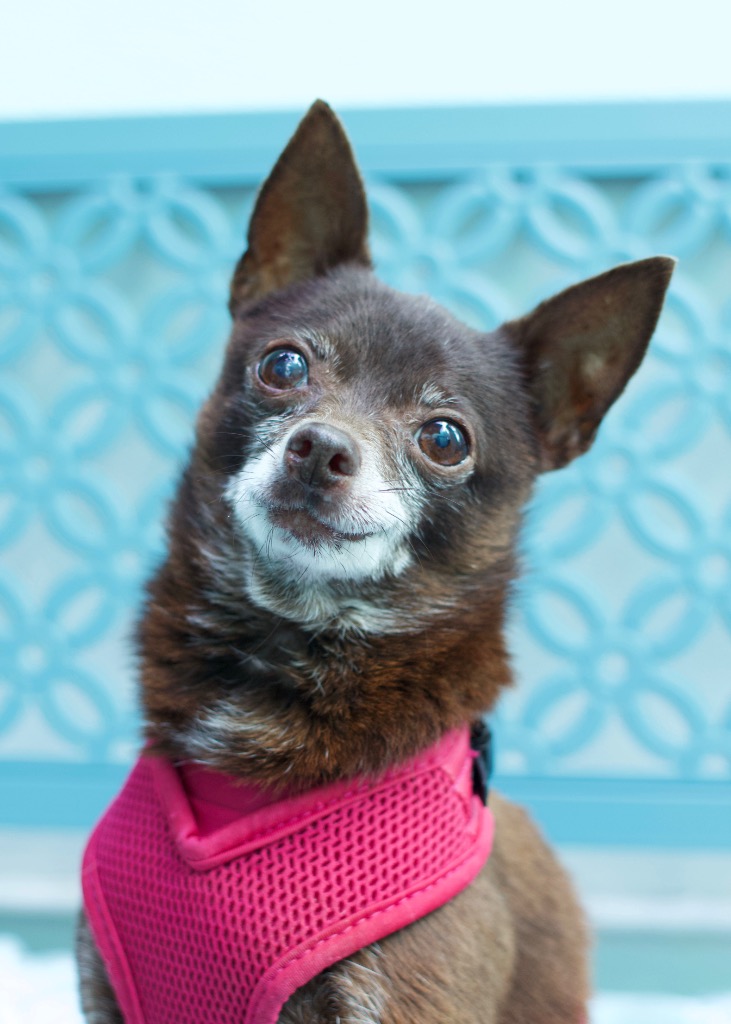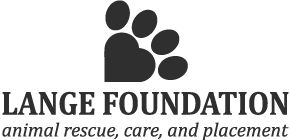
Bringing Your New Dog Home
It’s a big world out there! Your new dog may have been at our kennel for weeks, months, or even years. In any case, your home is a new world and a LOT bigger than what he has been accustomed to. It can be overwhelming.
For this reason, we offer the following suggestions:
- Before bringing your dog or puppy into your home: Take a good walk around the block with your new addition. This will create a calmer dog or puppy entering your home for the first time.
- Ok, time for coming into the new home! Keep in mind how exciting this is for your new dog! Once you enter the home, keep your dog with you on a leash, so he can get familiar safely with the new home. At this time, be sure to show him where the food and water bowls will be, as well as the sleeping area.
- Establish your routine on day 1. Our dogs are all kennel trained, not housebroken. You must put your dog on your schedule now. Never forget that dogs aim to please their humans – always praise your dog after going to the bathroom outside (or on his designated area if you are training a puppy.)
- Use a kennel/crate (only for positive training) or a baby gate to confine your dog to one area. This will help him or her to adjust to the new surroundings.
- When you leave your new dog alone for the first time, he may have some anxiety. For this reason, do NOT make a big deal over your leaving OR your returning home.
- Above all, please be patient. It could take a couple of weeks, or even a month or more for your new dog or puppy to feel completely secure.
New Dog Supplies
- Collar – We recommend the Martingale or no-slip collar. To check for a proper fit, it is CRITICAL that your dog’s head cannot slip through a too big collar. You can check if the collar is a comfortable fit by checking If two of your fingers can fit between your dog’s neck and the collar.
- Leash – We recommend a 6-foot leash. We are not in favor of retractable leashes. It does not give you control.
- Microchip – Every dog we adopt out is microchipped. Think of it as a permanent ID tag. For the microchip to be effective, you must add your contact information and keep the microchip updated if any of your information changes.
- ID Tag – ASAP. Even though your dog is microchipped, he should ALWAYS have a tag with his name and your phone number.
- Food and Water Bowls – Stainless steel, ceramic and glass are the best. Plastic holds in bacteria and are never recommended. Be sure to always have fresh water available.
- Quality Food – When switching to a new food, be sure to gradually add the new food to the old to eliminate upset stomachs. We do not recommend supermarket food.
- Dog Bed
- Crate – Optional. Crates should only be used to represent a positive environment for your puppy or dog, never for punishment. This could be your best investment for housebreaking and getting used to a new home.
- Toys – Have lots of rope toys and “kongs” to save your belongings.
Treats – Our dogs do not get treats on a regular basis, so reward with treats sparingly. We do not recommend rawhide bones or Greenies, as those can be fatal if it were to lodge in your dog’s throat.
- Brush and Comb – In addition to being important for your dog or puppy’s coat, proper brushing and grooming should be a positive and bonding experience for you and your dog or puppy.
- Nail Trimming – Even regular walks on pavement, your dog’s nails will require periodic trimming, averaging once every 4 to 6 weeks. You can do it yourself or take your dog to your vet’s office or groomer for routine nail trimming.
- Training – Since every dog and puppy is different, training will vary. One basic obedience class is always recommended. We would be happy to give you referrals if you should need one.
- Flea Preventative – Fleas multiply rapidly and quickly and can spread from pet to pet; if you have any suspicion that your pet has fleas, contact your veterinarian immediately to determine the best treatment for your pet. Flea preventative is recommended on a case-by-case basis. We suggest using Comfortis (pill) or Frontline (topical).
How to tell if your dog has fleas:
- An unusual amount of scratching, biting and licking
- Bumps on the skin (could mean an allergy to a flea bite)
- Tiny droplets of blood in the food or water bowl
- White worms near the dog’s anal area. Flea infestation is not only very uncomfortable for your pet, it can lead to him developing worms and other more serious issues if left untreated.
Quality Vet Care
- Puppies require 3 rounds of shots (given at different stages).
Provided your dog shows no signs of ill health, annual check-ups should be sufficient. - If you don’t currently have a vet, make it a priority to find one that you trust.
- Establish a relationship between you, your pet, and your vet while your pet is healthy; do not wait until your pet is sick and needs medical attention to find a quality vet.
- Know the address of your closest 24-hour veterinary emergency hospital and keep their phone number handy.
The pets we rescue are cared for at our “Halfway Home Kennel” located at 2106 S. Sepulveda Blvd. Los Angeles, CA 90025 and “St. Bonnie’s Sanctuary” located at 27567 Oak Spring Canyon Rd. Canyon Country, CA 91387.
Each animal receives personalized T.L.C. by our compassionate staff and wonderful volunteers. Once adopted, their progress is followed in their new homes.
